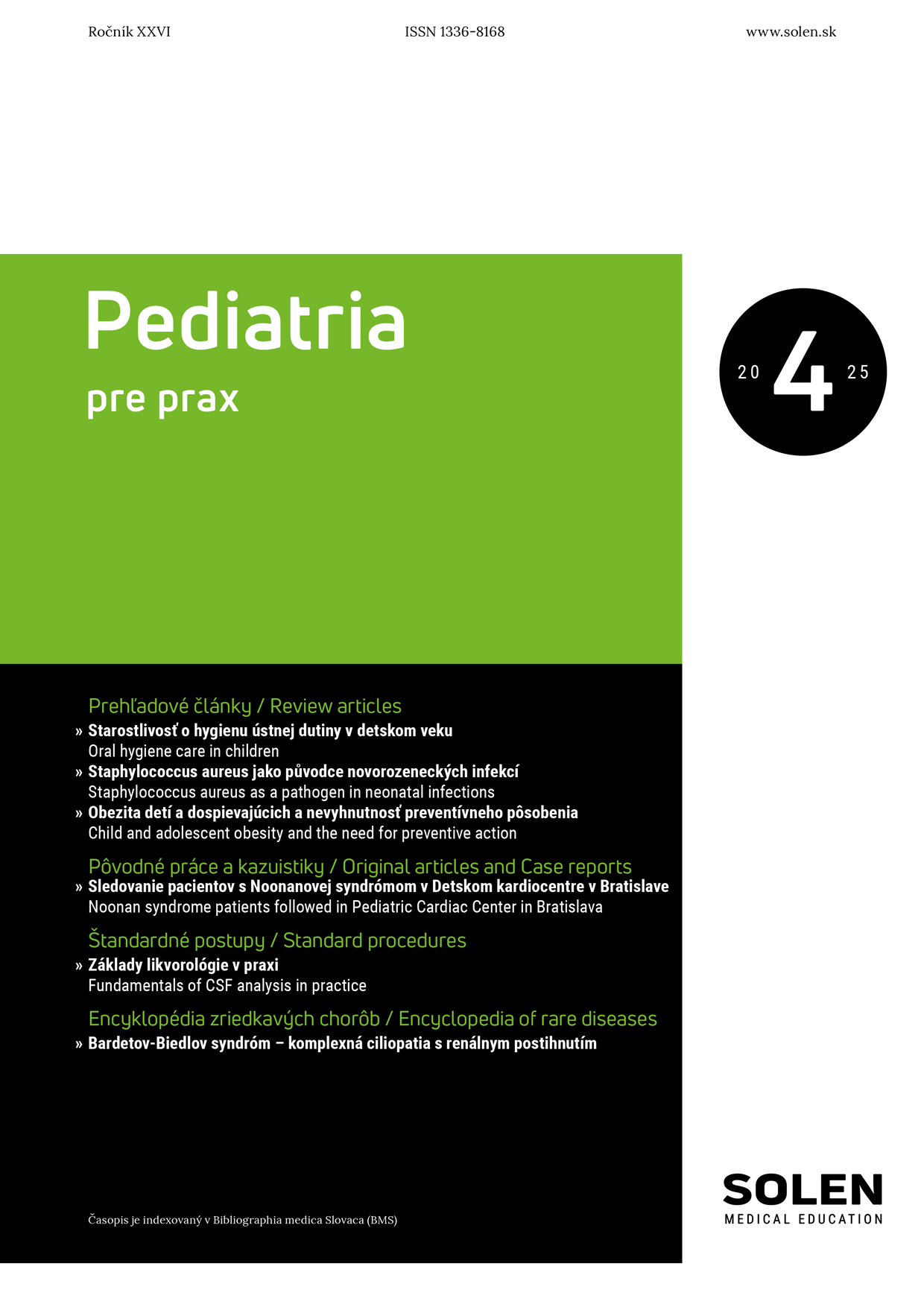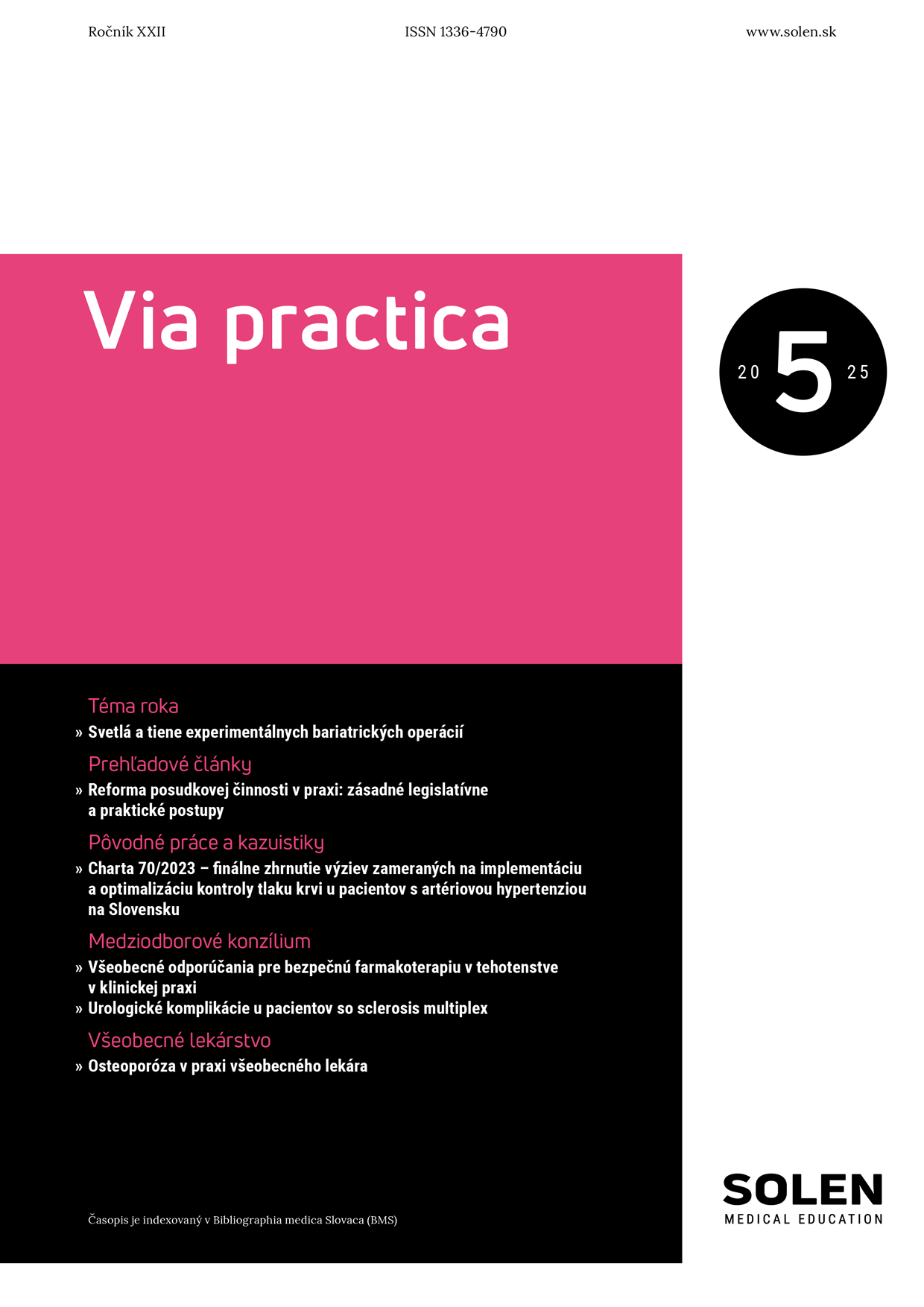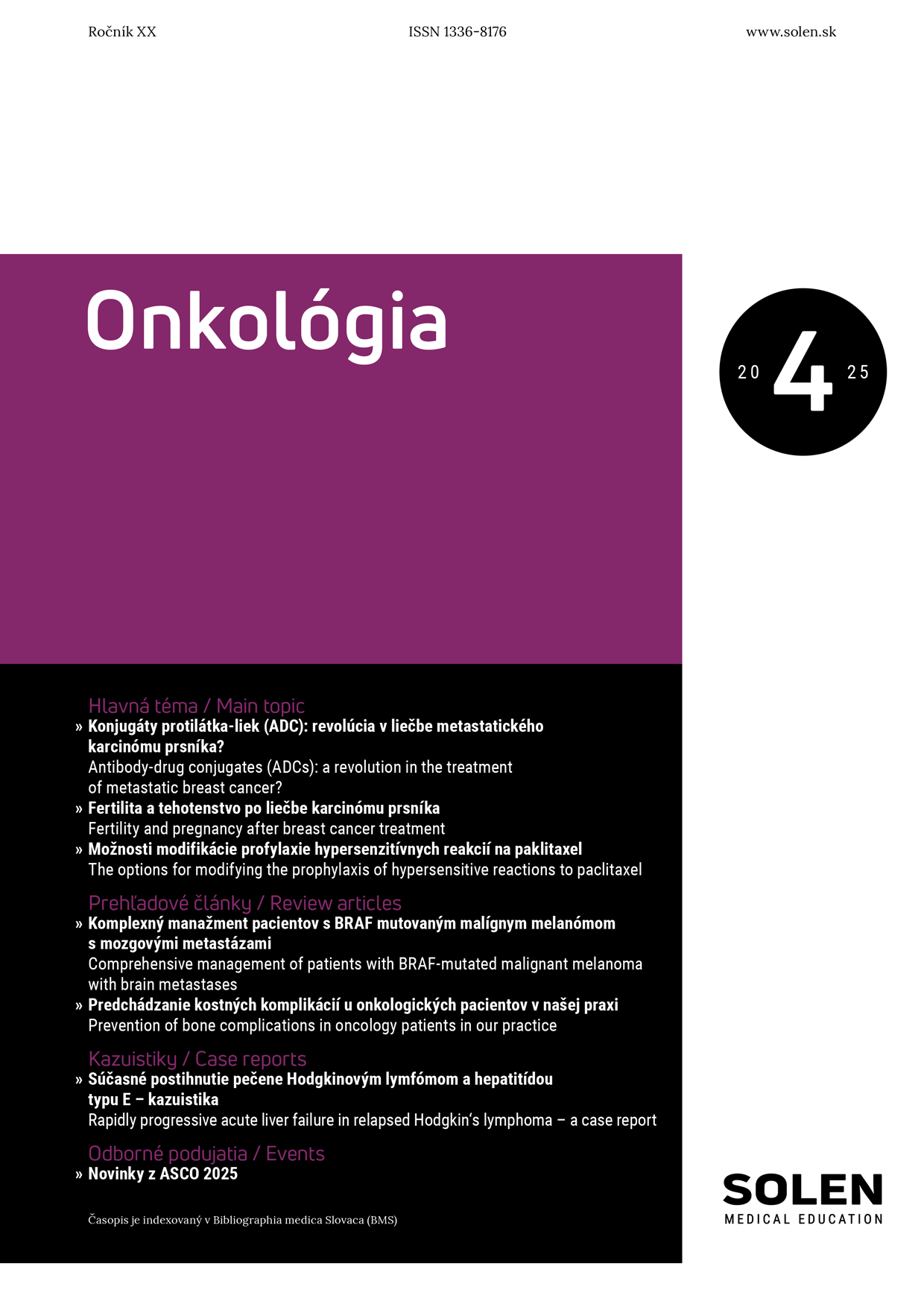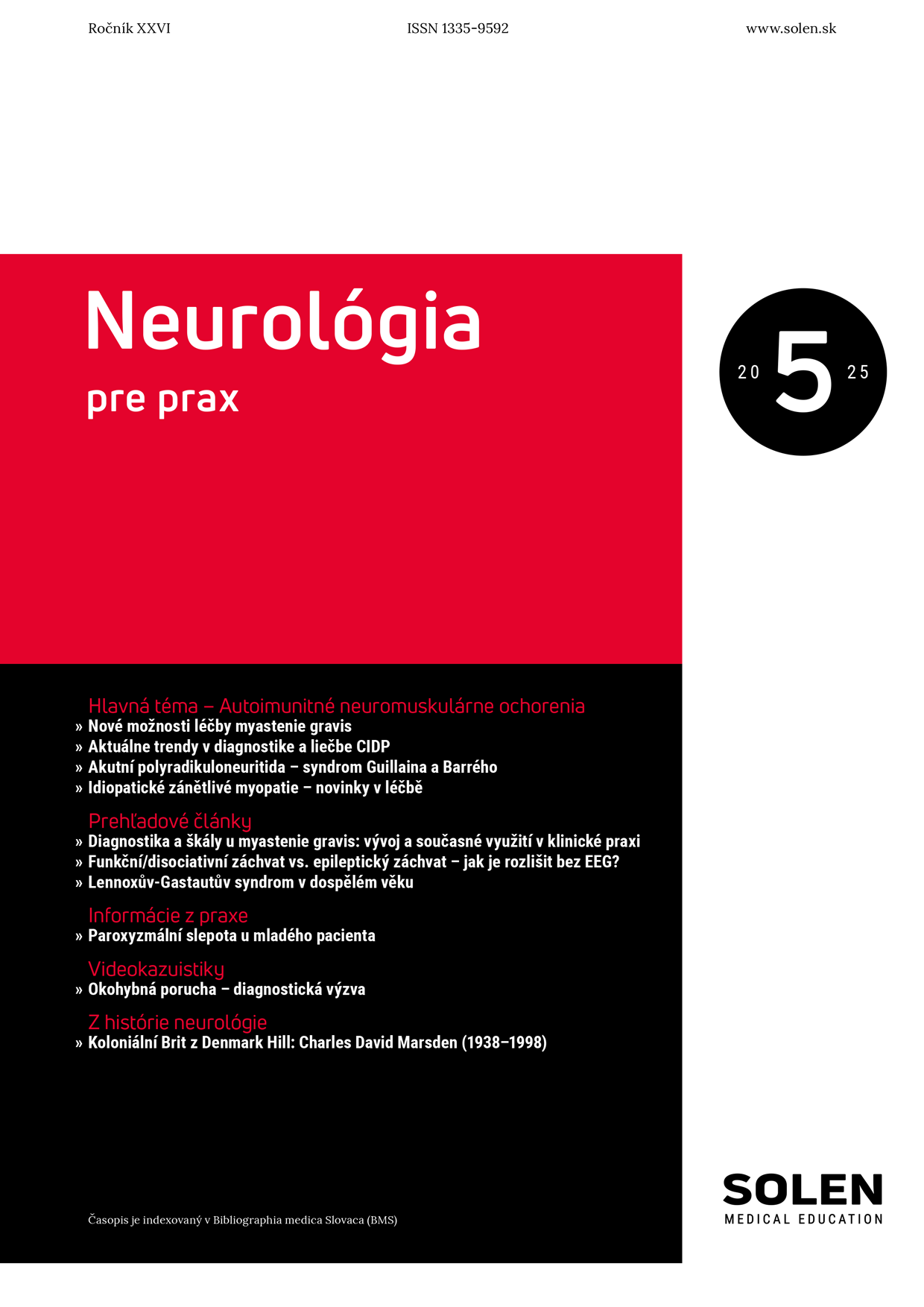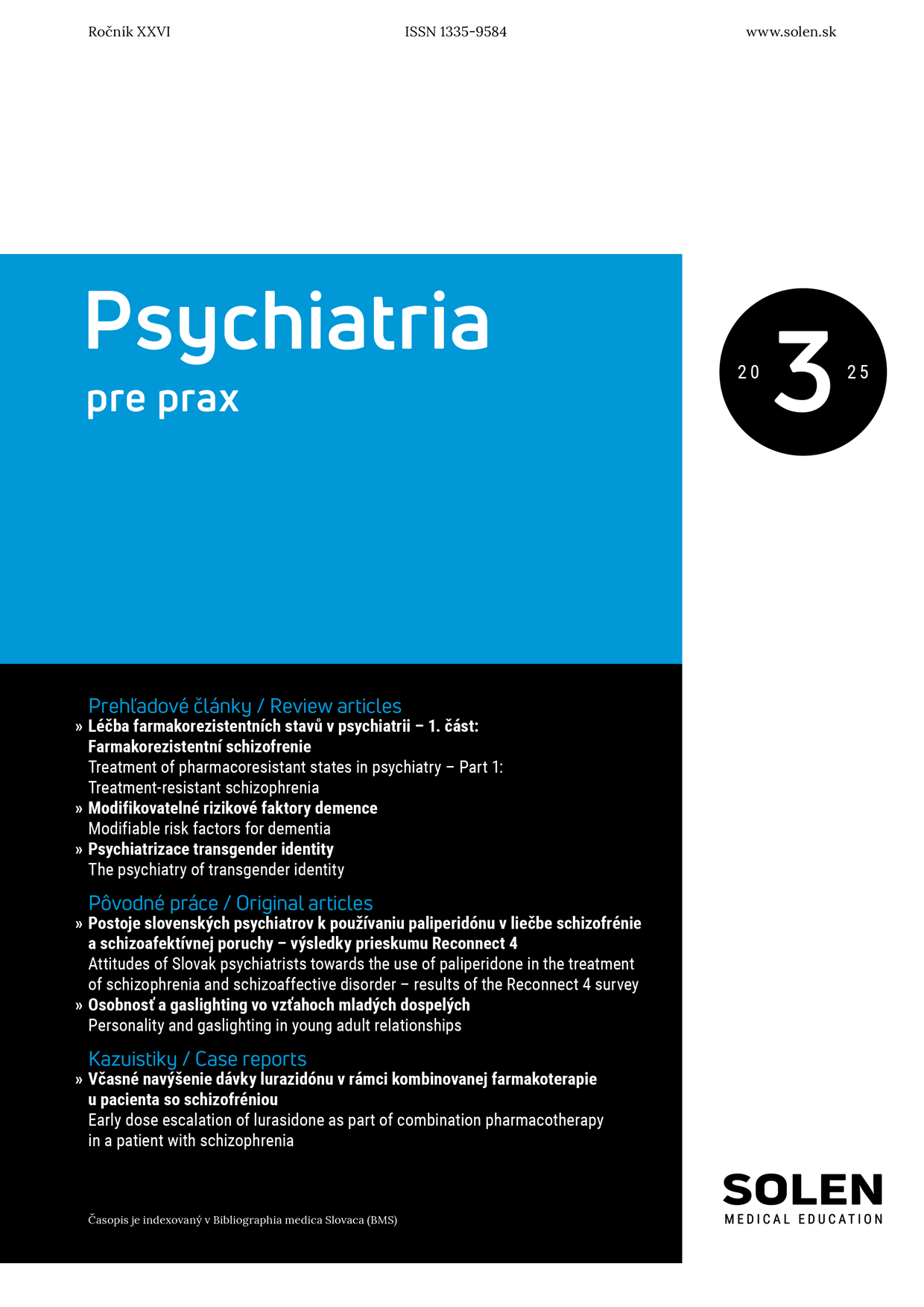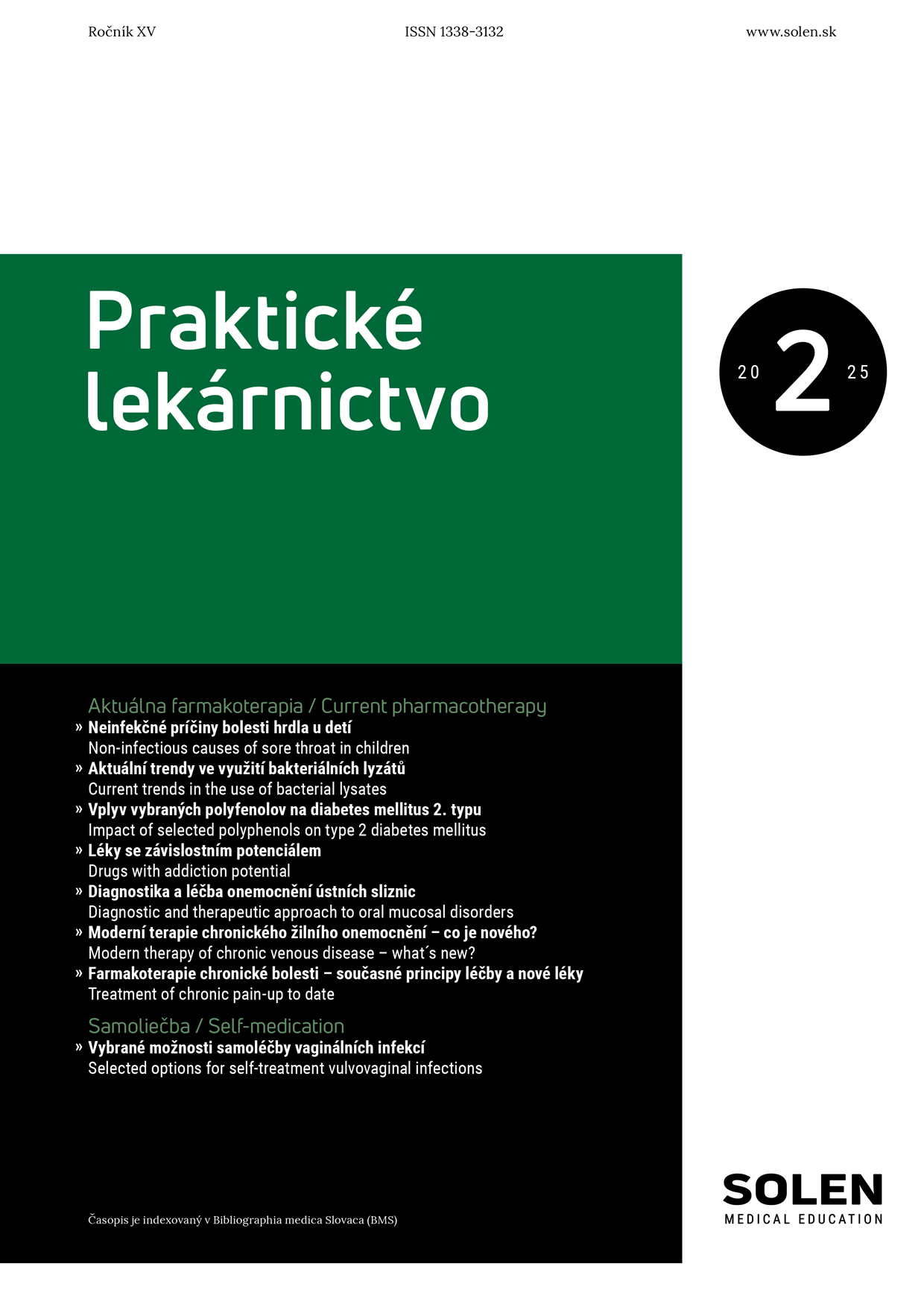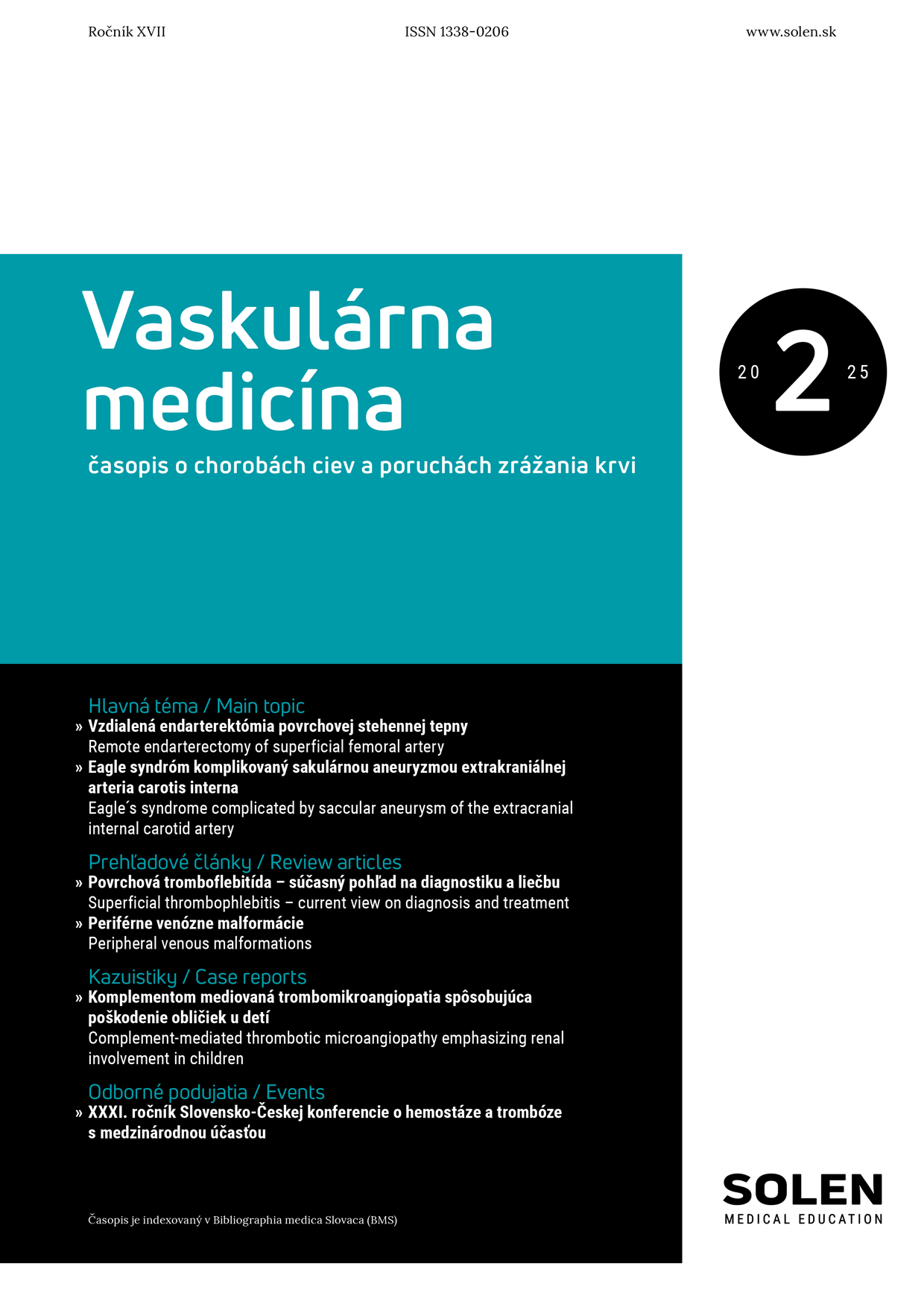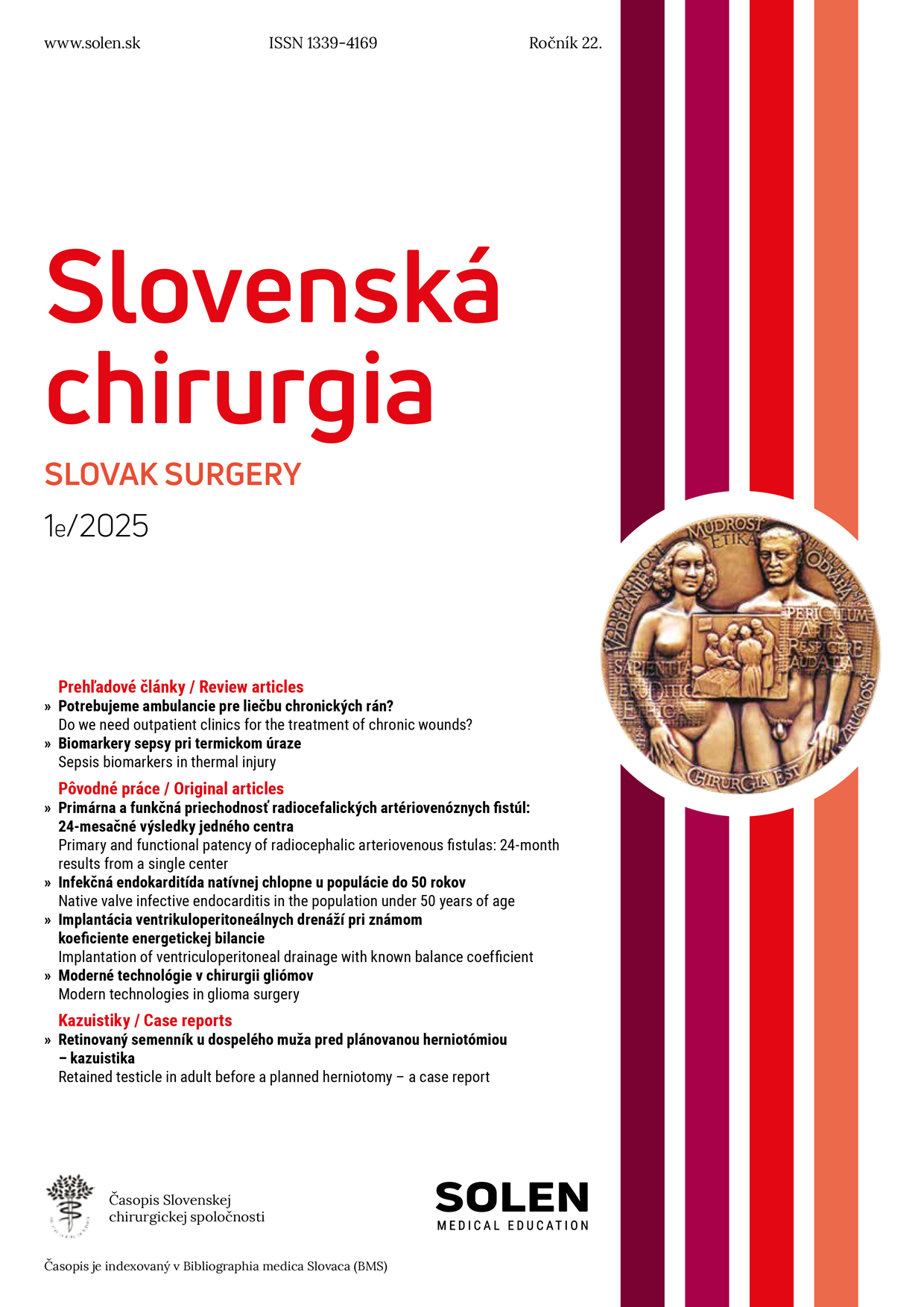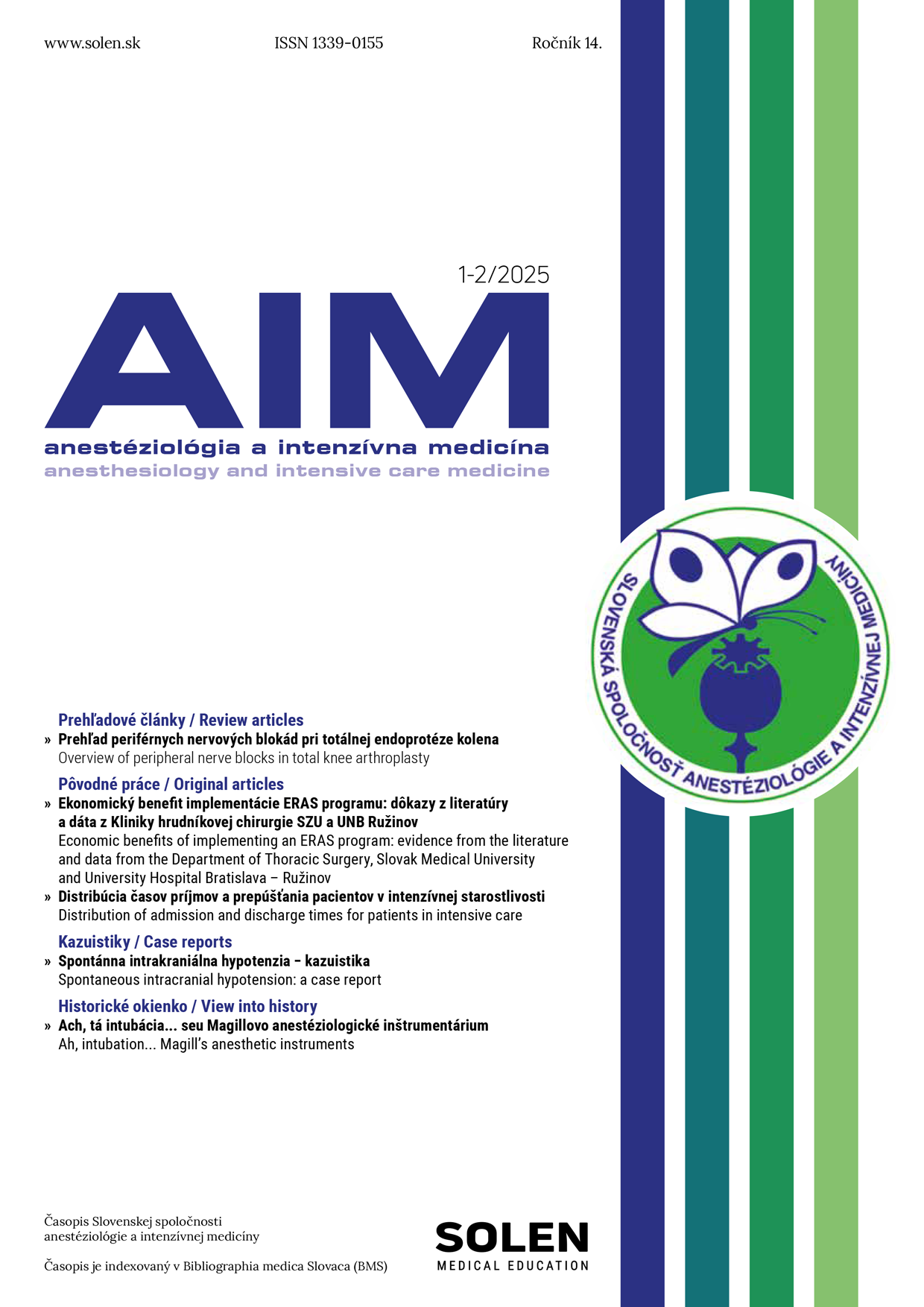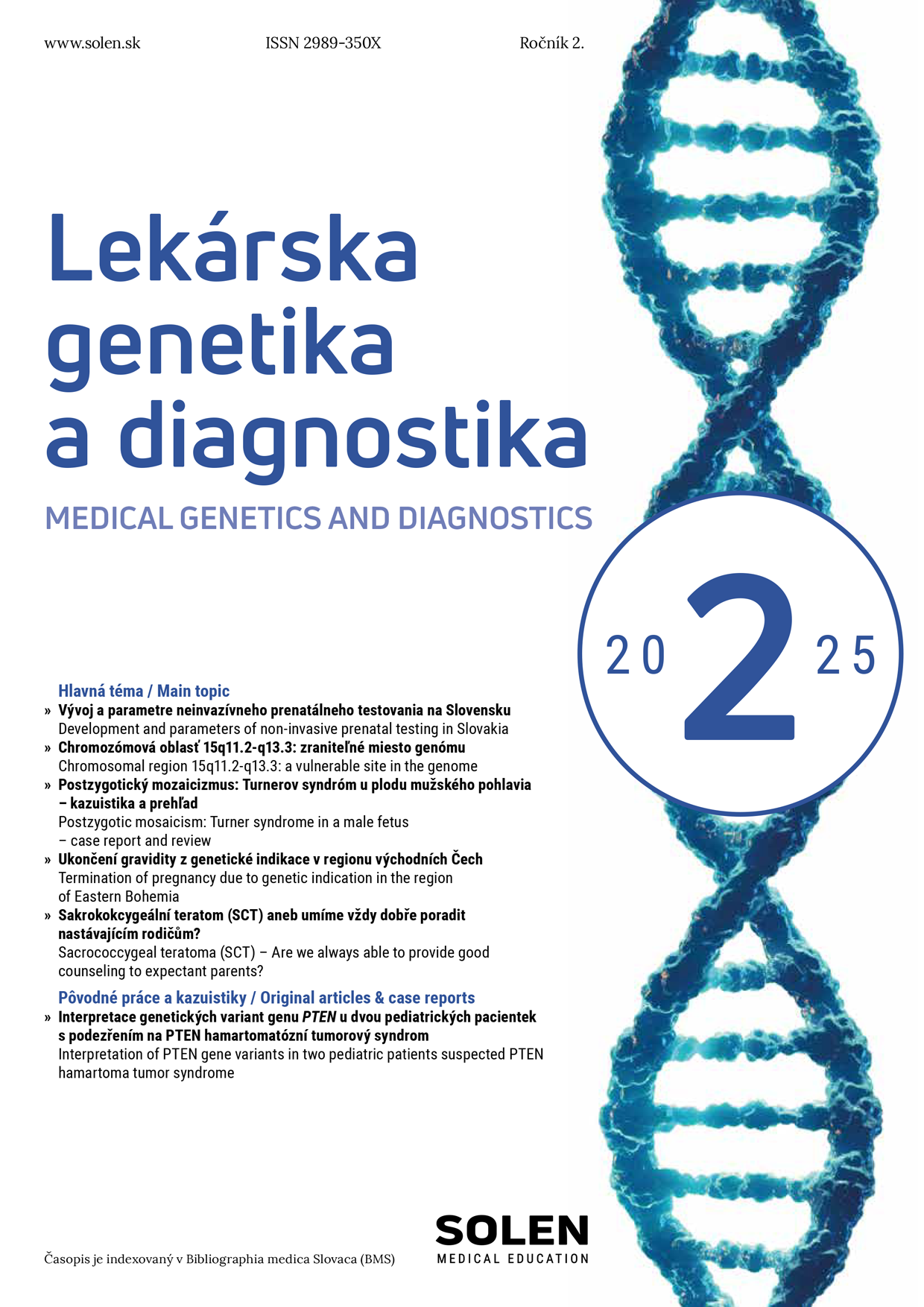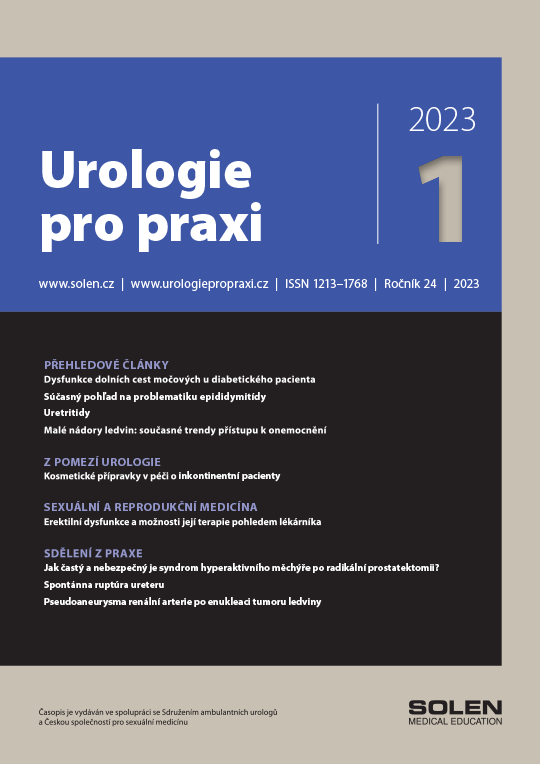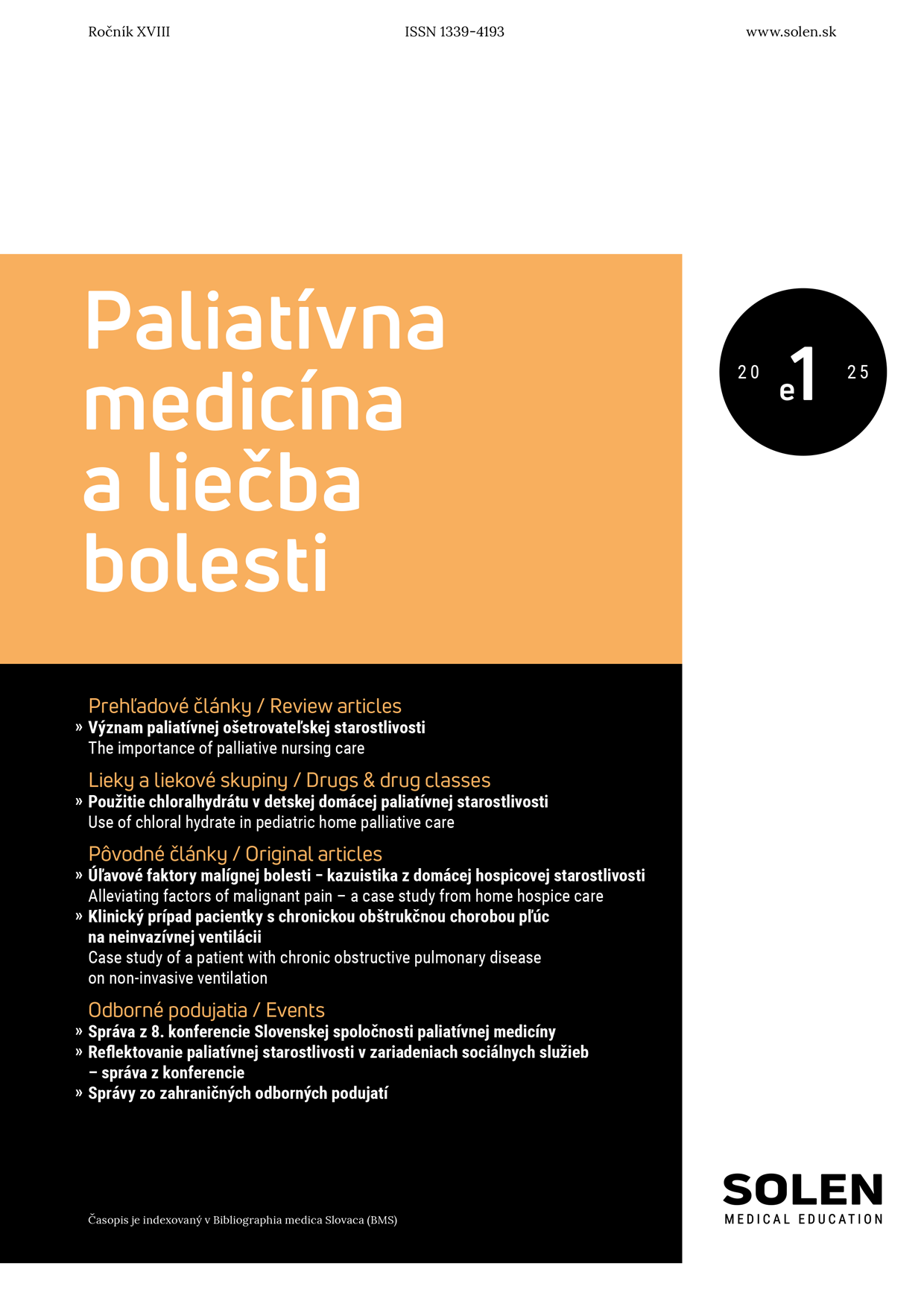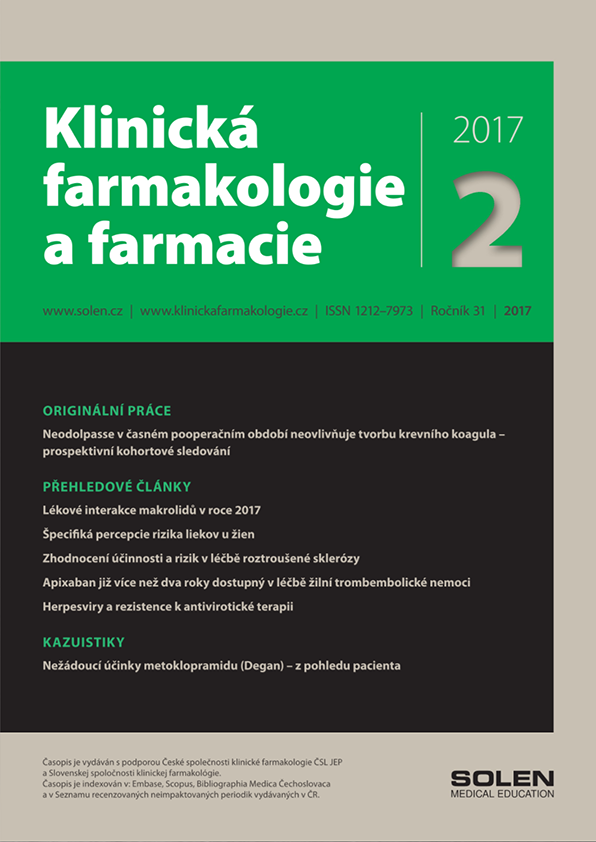Onkológia 6/2024
Bone sarcomas in adults and current treatment possibilities
Primary bone sarcomas represent a group of rare tumors, with osteosarcoma (OS) and Ewing sarcoma (ES) being the most common in childhood, and chondrosarcoma in adults, and OS again in the sixth and seventh decades. The survival of patients with OS has improved dramatically after the introduction of multimodality management, specifically disease-free survival (DFS) increased from < 20% to > 60%. Due to the particular radioresistance of OS, radiotherapy is only suggested for tumors in high-risk locations or to reduce the risk of recurrence after surgery, while in ES radiotherapy has its place both in adjuvant therapy and in the treatment of metastatic disease. With currently recommended multimodal approaches including interval compressed chemotherapy, the 5-year survival of patients with ES ranges from 60% - 75% for localized and 20% - 40% for metastatic disease, depending on the location of metastases and tumor burden. Given the rarity of these malignancies and the complex management, the accepted standard for BS is treatment in referral centers that are able to provide patients with specialized access and comprehensive care as well as the opportunity of clinical trials inclusion.
Keywords: osteosarcoma, Ewing sarcoma, multimodality approach


